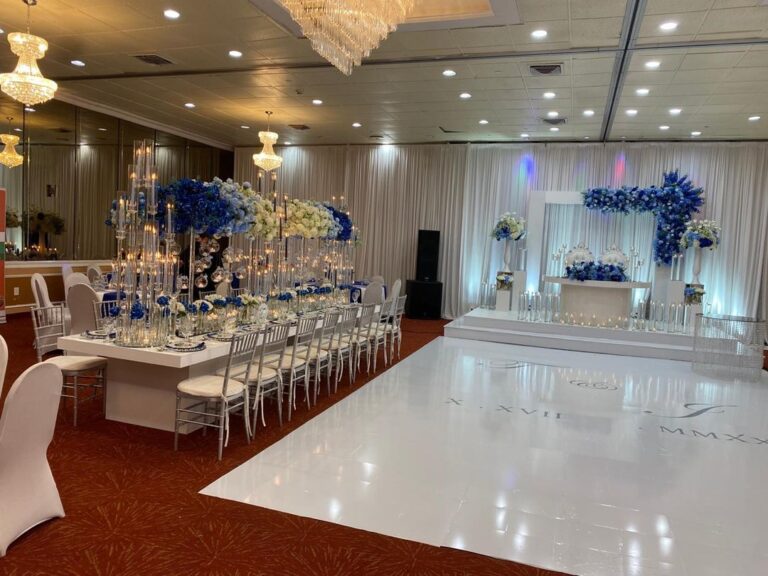Exploring these Influence of External Factors in the Longevity of Performance Platforms within Diverse Settings
Dance floors are an essential component of many communal environments, including dance venues, community centers, and gathering spaces. The durability of these performance floors can be significantly influenced by various surrounding elements. Recognizing these influences can help managers and owners maintain their dance floors in good condition, ensuring a safe and enjoyable experience for all participants. This guide will explore key environmental influences such as humidity, climate, pedestrian activity, and upkeep procedures.
Moisture plays a critical part in the condition of dance floors, especially those constructed with wood. When humidity ranges are elevated, wooden floors can take in moisture, leading to distortion and bending. On the other hand, low humidity can cause wood to lose moisture and split. Dance floor owners should track moisture conditions and consider using dehumidifiers or moisture regulators as needed to preserve a balanced setting. Proper ventilation is also important because it assists in regulating moisture levels. Maintaining that the area has good circulation can extend the lifespan of the dance floor.
Temperature is another important element affecting the longevity of performance surfaces. High temperatures can cause materials to expand, while low climates can result in contraction. Performance surfaces need to be maintained at a stable temperature to avoid damage. Additionally, when performance surfaces are subjected to direct sunlight for extended periods, they may lose color or turn stained. Adding window treatments or using protective barriers when the space is not in use can help shielding the performance surface from damaging sun exposure and climate changes.
Pedestrian activity is an inevitable aspect of any dance floor’s life cycle. The type and regularity of use directly affect wear and tear on the surface. Heavily used areas are more likely to show evidence of damage such as marks, abrasions, or dents. To reduce this issue, it is wise for facility operators to rotate events or assign dedicated zones for different eco-friendly dance floor materials uses. Using floor mats in front of entrances can also reduce dust and debris being tracked onto the performance surface, which accelerates deterioration.
Regular upkeep is essential for preserving performance floors across various settings. This includes regular cleaning to eliminate dirt and debris that can damage surfaces, as well as using the appropriate coating or sealant to protect against spills and stains. A properly cared-for performance surface not only looks improved but also offers a safer space for dancers by minimizing slips and falls. Establishing a care schedule that incorporates evaluations and repairs will assist in guaranteeing that any issues are check out this site resolved promptly before they worsen.
In closing, external factors such as moisture levels, temperature, usage patterns, and maintenance methods greatly impact the lifespan of performance surfaces in different settings. By recognizing these elements and adopting proactive actions, venue operators can increase the durability of their flooring systems. This not only ensures a greater longevity for the surface itself but also maintains a safer and better space for all who utilize it.